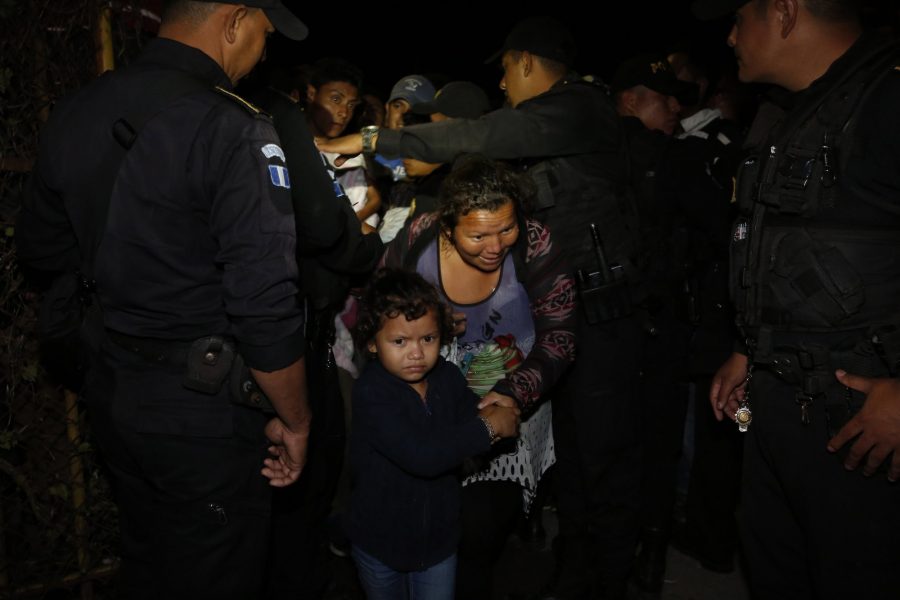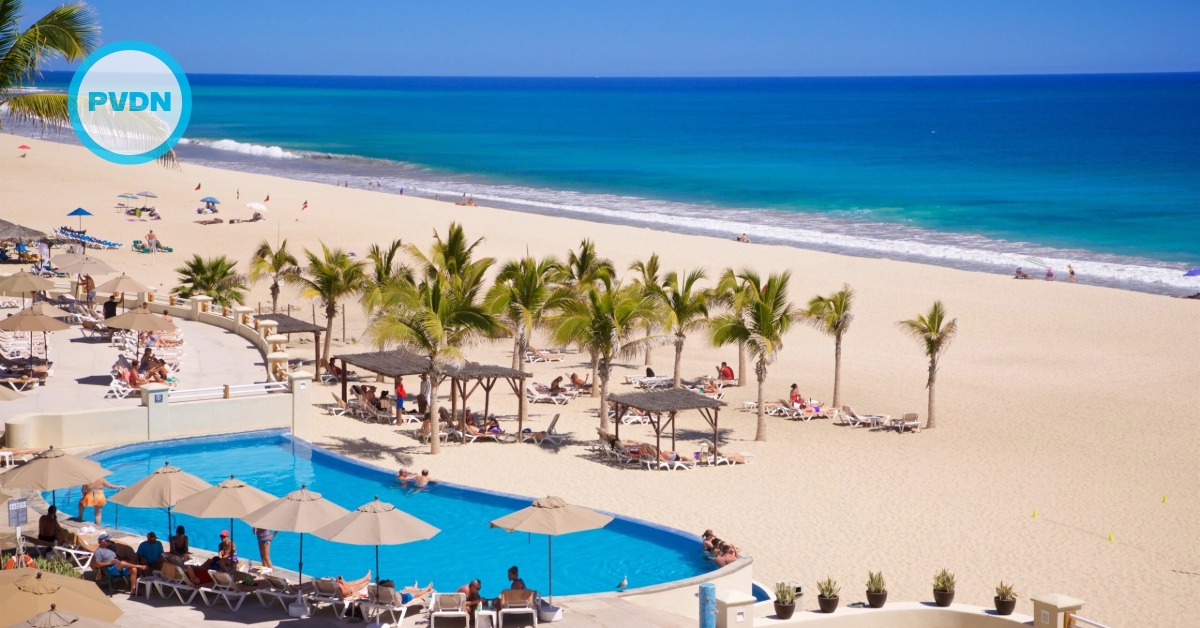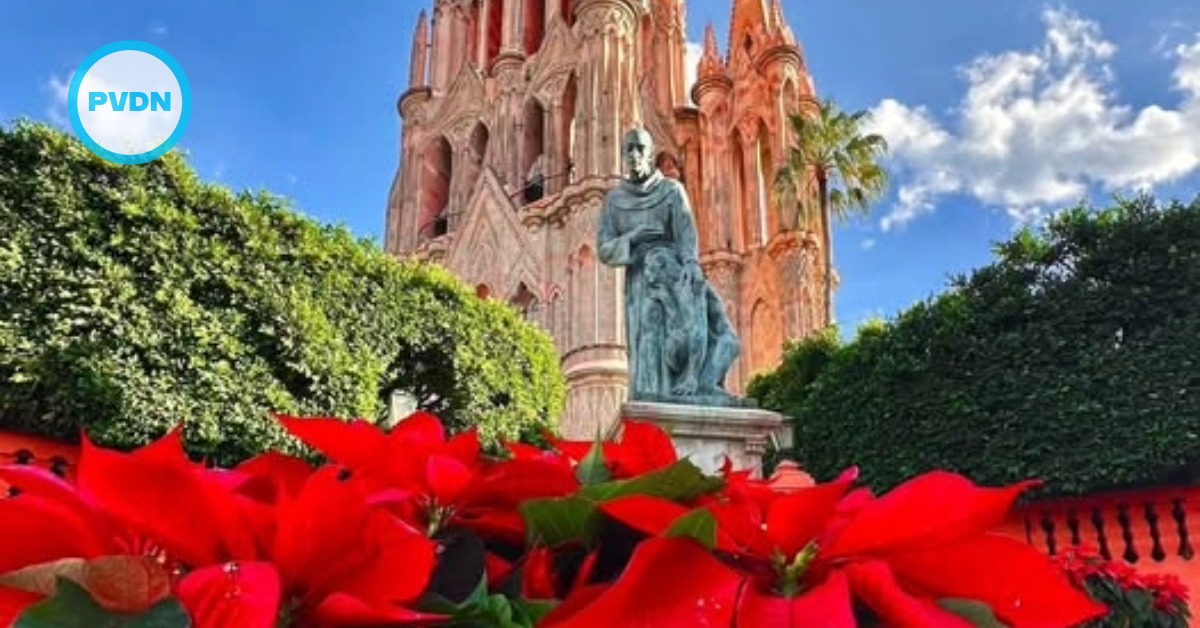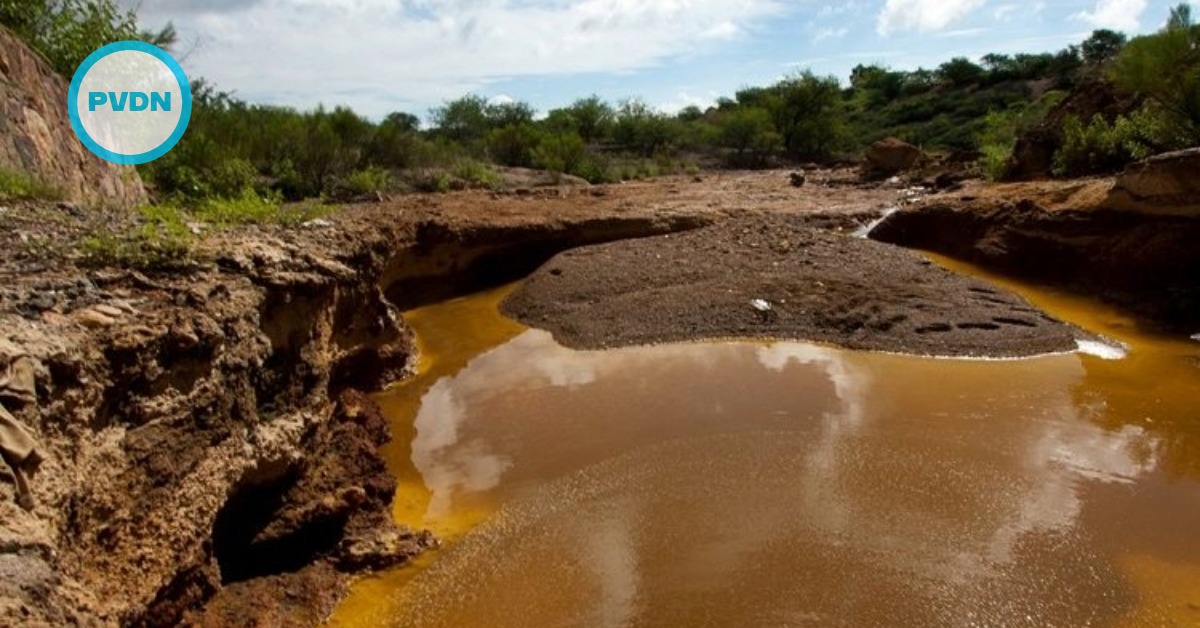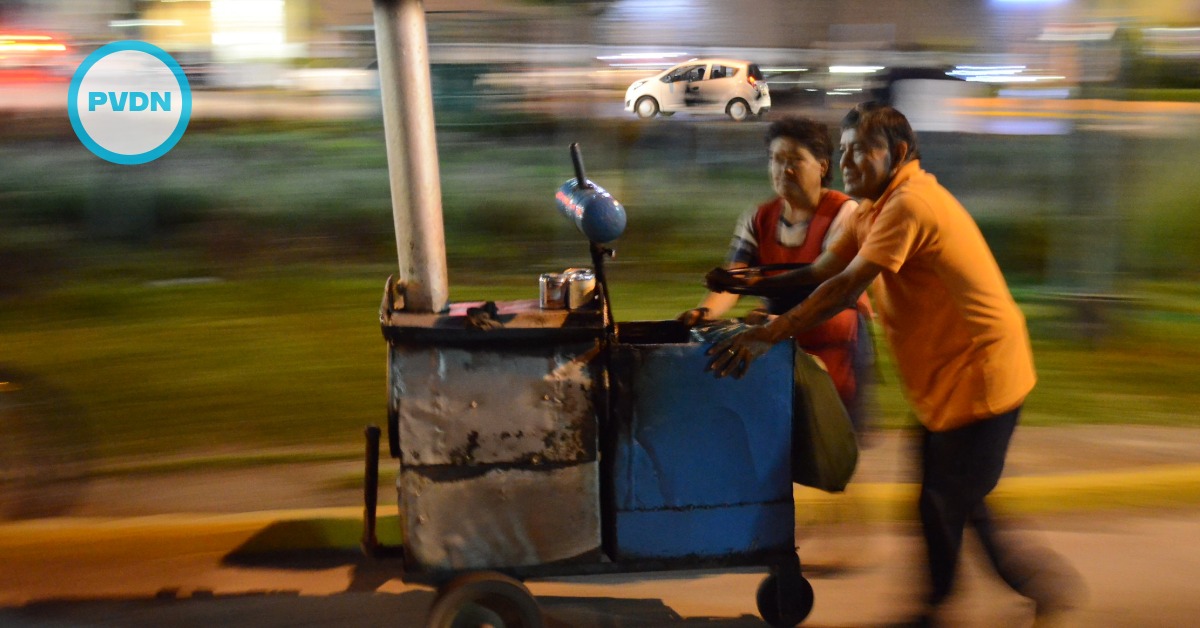The latest caravan of Honduran migrants hoping to reach the U.S. has crossed peacefully into Guatemala, under the watchful eyes of about 200 Guatemalan police and soldiers.
About 500 people, including dozens of children, lined up to show their documents to a first line of unarmed security personnel at the Agua Caliente border crossing Tuesday night. Riot police formed a second line to contain any possible disturbance.
Edilberto Hernandez, a former police officer, stood with his wife and four children to cross into Guatemala. After losing his job, he could find only low-paid construction work, and he decided . . .


